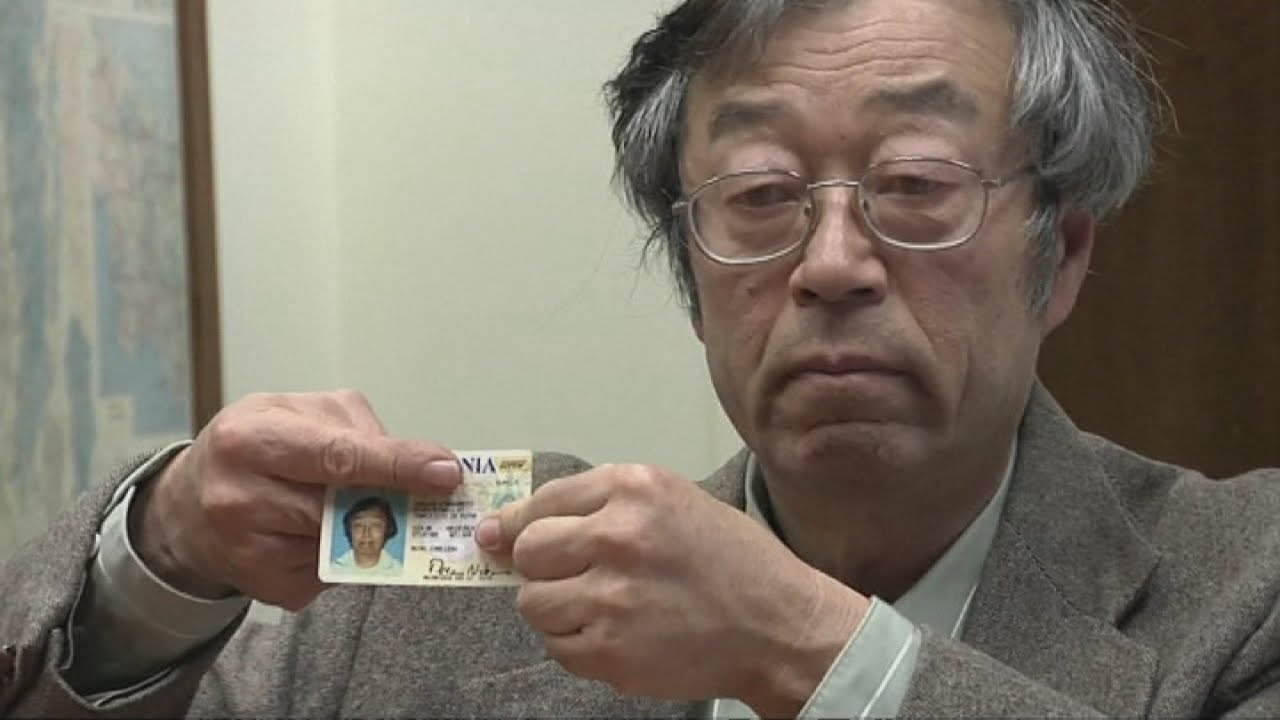Blockchain Explained by Satoshi Nakamoto
A blockchain is a digital ledger of all cryptocurrency transactions. It is constantly growing as “completed” blocks are added to it with a new set of recordings. Each block contains a cryptographic hash of the previous block, a timestamp, and transaction data.
Bitcoin nodes use the block chain to differentiate legitimate Bitcoin transactions from attempts to re-spend coins that have already been spent elsewhere.
Before we get started, let’s first take a look at what Satoshi Nakamoto has to say about Blockchain:
“The root problem with conventional currency is all the trust that’s required to make it work. The central bank must be trusted not to debase the currency, but the history of fiat currencies is full of breaches of that trust. Banks must be trusted to hold our money and transfer it electronically, but they lend it out in waves of credit bubbles with devastating effects on the real economy.” -Satoshi Nakamoto
So what is Blockchain?
In its simplest form, a blockchain is a digital ledger of transactions. Unlike a traditional ledger, which is maintained by a centralized authority, a blockchain ledger is distributed across a network of computers. This decentralized structure allows for greater transparency and security, as there is no central point of control that can be exploited by hackers or manipulated by bad actors.
Each transaction on the blockchain is verified by consensus among the network participants, ensuring that the data cannot be tampered with or corrupted. Once verified, these transactions are then “chained” together using cryptography, forming an immutable record that can be referenced and audited by anyone on the network.
Blockchain technology has already been used to create Bitcoin, the world’s first decentralized cryptocurrency.
However, its potential applications go far beyond financial services. With its ability to provide secure and transparent record-keeping, blockchain could potentially disrupt many industries including healthcare, government, and even voting systems.
Satoshi Nakamoto Net Worth
Satoshi Nakamoto net worth is estimated to be over $1 billion. He is the anonymous creator of Bitcoin, the first and most popular cryptocurrency. Satoshi’s true identity has never been revealed, and he remains a mystery to this day.
While his exact net worth is unknown, it is believed that he holds a significant amount of Bitcoin, which would put his wealth in the billions. Satoshi Nakamoto is a pseudonym, and it is believed that this name represents a group of people rather than an individual. Whoever they are, they have made themselves very wealthy through their invention of Bitcoin.

Credit: www.bsc.news
What was Nakamoto’S Original Idea of Blockchain?
Blockchain was originally conceived as a way to timestamp digital documents so that they couldn’t be tampered with. The idea was that each block in the chain would contain a hash of the previous block, and if any Block was changed, the hash would change as well. This would make it easy to detect tampering, as anyone trying to change a Block would also have to update all subsequent Blocks in the chain.
The original idea for blockchain was developed by Satoshi Nakamoto in 2008, and later implemented as part of the Bitcoin protocol in 2009. While originally designed for use with digital currencies, blockchain has since been adapted for use cases such as smart contracts and supply chain management.
Did Satoshi Nakamoto Invent the Blockchain?
There is no one definitive answer to this question. Satoshi Nakamoto is the pseudonym used by the person or persons who created the Bitcoin protocol and released it in 2009. While we don’t know for sure who Satoshi Nakamoto is, we do know that they were instrumental in developing the blockchain technology that underlies Bitcoin.
So, while we can’t say definitively whether or not Satoshi Nakamoto invented the blockchain, we can say that they were certainly a key player in its development.
Why Did Satoshi Nakamoto Create Blockchain?
In 2008, Satoshi Nakamoto published a white paper titled “Bitcoin: A Peer-to-Peer Electronic Cash System.” In this paper, Nakamoto described a new way to send money over the internet that was secure, decentralized, and could be used without the need for a third party. This system was made possible by a new technology called blockchain.
Blockchain is a digital ledger that records all transactions that take place on a network. It is distributed across all computers on the network, so there is no central point of control. This makes it very difficult for anyone to tamper with the data stored on the blockchain.
Nakamoto created blockchain as a way to provide a more secure and efficient way of conducting transactions online. With traditional methods, such as credit cards or PayPal, there are always intermediaries involved who can potentially delay or even halt transactions. With blockchain, transactions are processed directly between two parties without any middleman.
This makes them much faster and more secure.
It is also worth noting that blockchain is not just limited to financial transactions. It has the potential to revolutionize many other industries as well, such as voting, supply chain management, and real estate.
What Did Satoshi Nakamoto Say About Bitcoin?
In 2008, Satoshi Nakamoto published a paper entitled “Bitcoin: A Peer-to-Peer Electronic Cash System.” In this paper, Nakamoto described a system for electronic transactions that would be resistant to fraud and double spending. He proposed a system in which each transaction would be verified by a network of nodes and recorded in a public ledger, or “blockchain.”
Nakamoto also suggested that Bitcoin could be used as a means of payment, or “currency,” and that it would be possible to generate new units of the currency through a process known as “mining.”
Since its inception, Bitcoin has come to be regarded as the most prominent digital currency. However, Nakamoto’s vision for Bitcoin was much broader than simply creating a new form of money.
In his paper, Nakamoto wrote that “The root problem with conventional currencies is all the trust that’s required to make it work. The central bank must be trusted not to debase the currency, but the history of fiat currencies is full of breaches of that trust.” He went on to say that “By designating certain types of electronic messages as ‘transactions’ and processing them according their well-defined rulesets, [the] protocol can enable any two willing parties to transact directly with each other without the need for third party intermediaries.”
In other words, Nakamoto believed that Bitcoin could serve as an alternative to traditional financial institutions like banks and credit card companies.
By eliminating the need for these intermediaries, he hoped to create a more efficient and secure system for conducting transactions.
Satoshi Nakamoto's Bitcoin Whitepaper – Explained and Simplified
Conclusion
Bitcoin is a peer-to-peer electronic cash system. Transactions are verified by network nodes through cryptography and recorded in a public distributed ledger called a blockchain. Bitcoin nodes use the block chain to differentiate legitimate Bitcoin transactions from attempts to re-spend coins that have already been spent elsewhere.
Satoshi Nakamoto is the name used by the unknown person or persons who designed bitcoin and created its original reference implementation. As part of the implementation, they also devised the first blockchain database.


